Lesson10---list
Lesson10—list
第10章 c++的list的使用和实现
文章目录
- Lesson10---list
- 前言
- 一、list的初始化
- 二、list的遍历
- 1.迭代器
- 2.范围for
- 三、list常用的内置函数
- 1.sort(慎用)
- 2.unique
- 3.reverse
- 4.merge
- 5.splice
- 四、模拟实现
- 1.基本框架
- 2.构造函数
- 3.push_back
- 4. 遍历
- 5.const迭代器
- 6.代码
- 7.const迭代器改进
- 8.insert
- 9.erase
- 10. pop_back
- 11. push_front
- 12.pop_front
- 13.clear
- 14.析构函数
- 15.拷贝构造
- 16.赋值
- 17.initializer
- 五.完整代码
- 总结
前言
这篇博客写了怎么使用list和怎么实现
list和前面的string 和vector 的有很多重复的就不过多赘述
一、list的初始化
vector的底层是数组,list的底层是结构体,所以list不能用下标的方式去访问,因为这样会让效率变的特别低
可以直接用花括号去初始化这样就不要一个个尾插,vector和list都可以

二、list的遍历
1.迭代器

vector的底层是数组,在内存上是连续的但是链表不是,但这里链表依旧可以使用迭代器来遍历,非常的强大
既然可以用迭代器去访问一个在内存上不连续的list那能不能给这个链表用sort排序呢?
答案是不能,因为这样排序效率特别低,如果想要去排序链表,list提供了sort函数

2.范围for

有很多和vector重复了就不重复写了感兴趣的可以看我的vector篇
三、list常用的内置函数
1.sort(慎用)


默认是升序加上仿函数是降序
list的排序底层用的不是快排用的是归并排序,如果数据很多又要排序就不要用list用vector

list排序时间是vector的三倍左右,而且特别稳定基本都是三倍左右,虽然归并排序和快排都是nlogn但是list排序还是罗逊vector
甚至把list里面的数据拷贝给vector让vector用快排排序,把排序好的数据在拷贝回来这样会都比list的sort的归并排序快简直拉跨


2.unique
unique的作用是去重但数据必须是排序以后或者连续的

不排序或者不连续就会这样去不干净

3.reverse
逆置这个链表,比较简单

4.merge
合并链表,这里必须是要有序的


5.splice
这个函数差不多就是剪切的意思,第一个参数要迭代器,第二个参数是链表
从迭代器的位置插入一整个链表

还可以这样用

四、模拟实现
模板不建议声明和定义分开会有各种问题,建议直接把定义写在.h文件里面
1.基本框架
#pragma once
#include<iostream>
using namespace std;
template<class T>
struct ListNode
{ListNode<T>* _next;ListNode<T>* _prve;T _data;
};template<class T>
class my_list
{
public:typedef ListNode<T> Node;
private:Node* _head;
};
先把基本的框架写好来
2.构造函数

3.push_back

这里可以画个草图理解,要尾插就要先找尾巴
void push_back(const T& x)
{Node* newnode = new Node(x);Node* tail = _head->_prve;tail->_next = newnode;newnode->_prve = tail;newnode->_next = _head;_head->_prve = newnode;
}

运行以后会这个错误

编译器给的是这个错误,这是因为,new Node 会去调用 node默认构造函数但是这里没有写


struct ListNode
{ListNode<T>* _next;ListNode<T>* _prve;T _data;ListNode(const T& data = T()):_next(nullptr),_prve(nullptr),_data(data){}
};

4. 遍历
链表在逻辑上是连在一起的但是它在物理上就不一定是连续的了是所用它不能想vector一样的用++去遍历vector底层是数组
这里我采用迭代器的方式去遍历,因为指针++需要像数组那样在物理上连续才可以所以这里采用封装然后运算符重载去实现
class ListIterator
{
public:typedef ListNode<T> Node;typedef ListIterator<T> self;Node* _node;ListIterator(Node* node):_node(node){}self& operator++( ){_node = _node->_next;return *this;}T& operator*(){return _node->_data;}bool operator !=(const self& it){return _node != it._node;}
};



这样就可以遍历了,也支持范围for

5.const迭代器
如果有人这样去访问迭代器就会把回来的值改变不安全,有时候还会在不经意间改变原来的值


这里还需要重载一个const迭代器,只能去访问但是不能修改里面的值
template<class T>
class ListConstIterator{
public:typedef ListNode<T> Node;typedef ListConstIterator<T> self;ListConstIterator(Node* node):_node(node){}Node* _node;self& operator++(){_node = _node->_next;return *this;}self& operator--(){_node = _node->_prve;return *this;}self operator++(int){self tmp(*this);_node = _node->_next;return tmp;}self operator--(int){self tmp(*this);_node = _node->_prve;return tmp;}const T& operator*(){return _node->_data;}bool operator !=(const self& it){return _node != it._node;}bool operator ==(const self& it){return _node == it._node;}
};这里只需要复制一份原来的迭代器改下名字就行,然后重载一下

然后加上const就可以了然后再去my_list里面加上就行

加上const迭代器的begin和end


这里就不让改了
6.代码
#pragma once
#include<iostream>
using namespace std;
template<class T>
struct ListNode
{ListNode<T>* _next;ListNode<T>* _prve;T _data;ListNode(const T& data = T()):_next(nullptr),_prve(nullptr),_data(data){}
};
template<class T>
class ListIterator{
public:typedef ListNode<T> Node;typedef ListIterator<T> self;ListIterator(Node* node):_node(node){}Node* _node;self& operator++(){_node = _node->_next;return *this;}self& operator--(){_node = _node->_prve;return *this;}self operator++(int){self tmp(*this);_node = _node->_next;return tmp;}self operator--(int){self tmp(*this);_node = _node->_prve;return tmp;}T& operator*(){return _node->_data;}bool operator !=(const self& it){return _node != it._node;}bool operator ==(const self& it){return _node == it._node;}
};
template<class T>
class ListConstIterator{
public:typedef ListNode<T> Node;typedef ListConstIterator<T> self;ListConstIterator(Node* node):_node(node){}Node* _node;self& operator++(){_node = _node->_next;return *this;}self& operator--(){_node = _node->_prve;return *this;}self operator++(int){self tmp(*this);_node = _node->_next;return tmp;}self operator--(int){self tmp(*this);_node = _node->_prve;return tmp;}const T& operator*(){return _node->_data;}bool operator !=(const self& it){return _node != it._node;}bool operator ==(const self& it){return _node == it._node;}
};template<class T>
class my_list
{
public:typedef ListNode<T> Node;typedef ListIterator<T> iterator;typedef ListConstIterator<T> const_iterator;iterator begin(){return iterator(_head->_next);}iterator end(){return iterator(_head);}const_iterator begin()const {return const_iterator(_head->_next);}const_iterator end()const {return const_iterator(_head);}my_list(){_head = new Node;_head->_next = _head;_head->_prve = _head;}void push_back(const T& x){Node* newnode = new Node(x);Node* tail = _head->_prve;tail->_next = newnode;newnode->_prve = tail;newnode->_next = _head;_head->_prve = newnode;}private:Node* _head;
};7.const迭代器改进
上面const迭代器有一个问题,就是只要解引用那一点点不一样甚至只是返回值加了const代码就边长了那么多这里还可以在优化一下
#pragma once
#include<iostream>
using namespace std;
template<class T>
struct ListNode
{ListNode<T>* _next;ListNode<T>* _prve;T _data;ListNode(const T& data = T()):_next(nullptr), _prve(nullptr), _data(data){}
};
template<class T,class Ref>
class ListIterator{
public:typedef ListNode<T> Node;typedef ListIterator<T,Ref> self;ListIterator(Node* node):_node(node){}Node* _node;self& operator++(){_node = _node->_next;return *this;}self& operator--(){_node = _node->_prve;return *this;}self operator++(int){self tmp(*this);_node = _node->_next;return tmp;}self operator--(int){self tmp(*this);_node = _node->_prve;return tmp;}Ref operator*(){return _node->_data;}bool operator !=(const self& it){return _node != it._node;}bool operator ==(const self& it){return _node == it._node;}
};
//template<class T>
//class ListConstIterator
//
//{
//public:
//
// typedef ListNode<T> Node;
// typedef ListConstIterator<T> self;
// ListConstIterator(Node* node)
// :_node(node)
// {
//
// }
// Node* _node;
// self& operator++()
// {
// _node = _node->_next;
// return *this;
// }
// self& operator--()
// {
// _node = _node->_prve;
// return *this;
// }
// self operator++(int)
// {
// self tmp(*this);
// _node = _node->_next;
// return tmp;
// }
// self operator--(int)
// {
// self tmp(*this);
// _node = _node->_prve;
// return tmp;
// }
// const T& operator*()
// {
// return _node->_data;
// }
// bool operator !=(const self& it)
// {
// return _node != it._node;
// }
// bool operator ==(const self& it)
// {
// return _node == it._node;
// }
//};template<class T>
class my_list
{
public:typedef ListNode<T> Node;typedef ListIterator<T,T&> iterator;typedef ListIterator<T,const T&> const_iterator;iterator begin(){return iterator(_head->_next);}iterator end(){return iterator(_head);}const_iterator begin()const{return const_iterator(_head->_next);}const_iterator end()const{return const_iterator(_head);}my_list(){_head = new Node;_head->_next = _head;_head->_prve = _head;}void push_back(const T& x){Node* newnode = new Node(x);Node* tail = _head->_prve;tail->_next = newnode;newnode->_prve = tail;newnode->_next = _head;_head->_prve = newnode;}private:Node* _head;
};
8.insert
可以画个草图方便理解

iterator insert(iterator pos ,const T& x)
{Node* newnode = new Node(x);Node* cur = pos._node;newnode->_prve = cur->_prve;cur->_prve->_next = newnode;newnode->_next = cur;cur->_prve = newnode;return iterator(newnode);
}
9.erase
iterator erase(iterator pos)
{Node* cur = pos._node;Node* prve = cur->_prve;Node* next = cur->_next;prve->_next = next;next->_prve = prve;delete cur;return iterator(next);
}
10. pop_back
void pop_back()
{erase(--end());
}
11. push_front
void push_front(const T& x)
{insert(begin(), x);
}
12.pop_front
void pop_front()
{erase(begin());
}
13.clear
void clear()
{auto it = begin();while (it !=end()){it=erase(it);}
}
14.析构函数
~my_list()
{clear();delete _head;_head = nullptr;
}
15.拷贝构造
my_list(const my_list<T>& lt)
{_head = new Node;_head->_next = _head;_head->_prve = _head;for (const auto& e : lt){push_back(e);}
}
16.赋值
my_list<T>& operator = (my_list<T> lt)
{swap(lt._head, _head);return *this;
}
17.initializer
my_list(initializer_list<T> il)
{_head = new Node;_head->_next = _head;_head->_prve = _head;for (auto e : il){push_back(e);}
}
五.完整代码
#pragma once
#include<iostream>
#include<assert.h>
using namespace std;
template<class T>
struct ListNode
{ListNode<T>* _next;ListNode<T>* _prve;T _data;ListNode(const T& data = T()):_next(nullptr), _prve(nullptr), _data(data){}
};
template<class T, class Ref>
class ListIterator{
public:typedef ListNode<T> Node;typedef ListIterator<T, Ref> self;ListIterator(Node* node):_node(node){}Node* _node;self& operator++(){_node = _node->_next;return *this;}self& operator--(){_node = _node->_prve;return *this;}self operator++(int){self tmp(*this);_node = _node->_next;return tmp;}self operator--(int){self tmp(*this);_node = _node->_prve;return tmp;}Ref operator*(){return _node->_data;}bool operator !=(const self& it){return _node != it._node;}bool operator ==(const self& it){return _node == it._node;}
};
//template<class T>
//class ListConstIterator
//
//{
//public:
//
// typedef ListNode<T> Node;
// typedef ListConstIterator<T> self;
// ListConstIterator(Node* node)
// :_node(node)
// {
//
// }
// Node* _node;
// self& operator++()
// {
// _node = _node->_next;
// return *this;
// }
// self& operator--()
// {
// _node = _node->_prve;
// return *this;
// }
// self operator++(int)
// {
// self tmp(*this);
// _node = _node->_next;
// return tmp;
// }
// self operator--(int)
// {
// self tmp(*this);
// _node = _node->_prve;
// return tmp;
// }
// const T& operator*()
// {
// return _node->_data;
// }
// bool operator !=(const self& it)
// {
// return _node != it._node;
// }
// bool operator ==(const self& it)
// {
// return _node == it._node;
// }
//};template<class T>
class my_list
{
public:typedef ListNode<T> Node;typedef ListIterator<T, T&> iterator;typedef ListIterator<T, const T&> const_iterator;iterator begin(){return iterator(_head->_next);}iterator end(){return iterator(_head);}const_iterator begin()const{return const_iterator(_head->_next);}const_iterator end()const{return const_iterator(_head);}void empty(){_head = new Node;_head->_next = _head;_head->_prve = _head;}my_list(){empty();}//lt2(lt1)my_list(initializer_list<T> il){empty();for (auto e : il){push_back(e);}}my_list(const my_list<T>& lt){empty();for (const auto& e : lt){push_back(e);}}~my_list(){clear();delete _head;_head = nullptr;}//lt3 = lt1my_list<T>& operator = (my_list<T> lt){swap(lt._head, _head);return *this;}void push_back(const T& x){/*Node* newnode = new Node(x);Node* tail = _head->_prve;tail->_next = newnode;newnode->_prve = tail;newnode->_next = _head;_head->_prve = newnode;*/insert(end(), x);}iterator insert(iterator pos ,const T& x){Node* newnode = new Node(x);Node* cur = pos._node;newnode->_prve = cur->_prve;cur->_prve->_next = newnode;newnode->_next = cur;cur->_prve = newnode;return iterator(newnode);}iterator erase(iterator pos){assert(pos != end());Node* cur = pos._node;Node* prve = cur->_prve;Node* next = cur->_next;prve->_next = next;next->_prve = prve;delete cur;return iterator(next);}void pop_back(){erase(--end());}void push_front(const T& x){insert(begin(), x);}void pop_front(){erase(begin());}void clear(){auto it = begin();while (it !=end()){it=erase(it);}}
private:Node* _head;
};
总结
例如:以上就是要讲的内容,本文仅仅简单介绍了list的使用和简单的模拟实现
相关文章:

Lesson10---list
Lesson10—list 第10章 c的list的使用和实现 文章目录 Lesson10---list前言一、list的初始化二、list的遍历1.迭代器2.范围for 三、list常用的内置函数1.sort(慎用)2.unique3.reverse4.merge5.splice 四、模拟实现1.基本框架2.构造函数3.push_back4. 遍…...
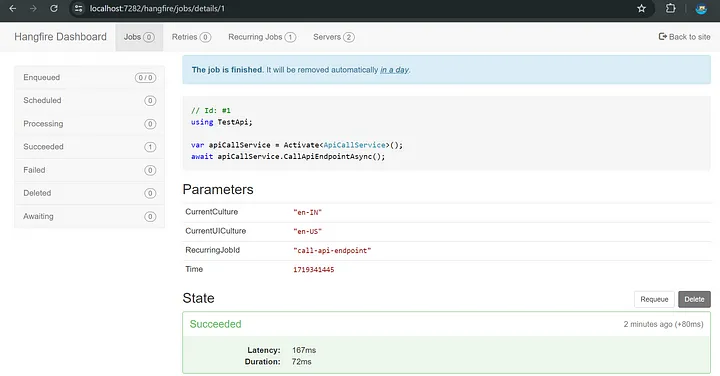
ASP.NET Core 8.0 中使用 Hangfire 调度 API
在这篇博文中,我们将引导您完成将 Hangfire 集成到 ASP.NET Core NET Core 项目中以安排 API 每天运行的步骤。Hangfire 是一个功能强大的库,可简化 .NET 应用程序中的后台作业处理,使其成为调度任务的绝佳选择。继续阅读以了解如何设置 Hang…...

查看linux的版本
在 Linux 系统中,有多种方法可以查看当前系统的版本信息。以下是一些常用的方法: 1. 使用 uname 命令 uname 命令可以显示系统的内核版本和其他相关信息。 uname -a这个命令会输出类似如下的信息: Linux hostname 5.4.0-88-generic #99-U…...
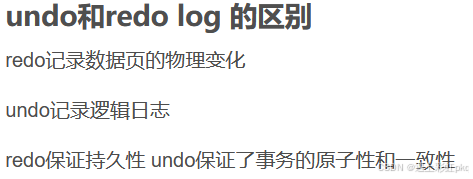
Mysql补充
单例 双重检查锁 class Singleton {private static volatile Singleton instance ;private Singleton() {}public static Singleton getInstance(){if(instance null) {synchronized (Singleto.class) {if(instance null){instance new Singleton() ;}} return instance;} …...

com.baomidou.mybatisplus.extension.service.IService用法详解及使用例子
IService 是 MyBatis-Plus 中的一个接口,提供了通用的 CRUD 操作,简化了数据库操作的代码。下面是 IService 的用法详解及示例代码。 1. 引入依赖 确保在你的 pom.xml 中添加了 MyBatis-Plus 的依赖: <dependency><groupId>co…...
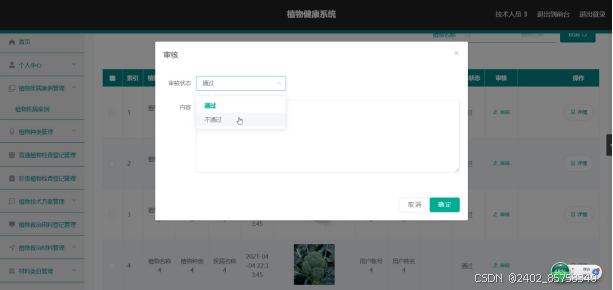
植物健康,Spring Boot来保障
5系统详细实现 5.1 系统首页 植物健康系统需要登录才可以看到首页。具体界面的展示如图5.1所示。 图5.1 系统首页界面 5.2 咨询专家 可以在咨询专家栏目发布消息。具体界面如图5.2所示。 图5.2 咨询专家界面 5.3 普通植物检查登记 普通员工可以对普通植物检查登记信息进行添…...

mac-chrome提示您的连接不是私密连接
一、现象介绍 关闭代理之后就ok打开代理,就会提示您的连接不是私密连接 二、原因 由于代理部分的问题,无法找到正确的网站ip地址 三、解决方法 1、键盘直接输入thisisunsafe,可以继续访问网站,如果还是不对的话,那…...

028.爬虫专用浏览器-抓取#shadowRoot(closed)下的内容
一、什么是Shadow DOM Shadow DOM是一种在web开发中用于封装HTML标记、样式和行为的技术,以避免组件间的样式和脚本冲突。它允许开发者将网页的一部分隐藏在一个独立的作用域内,从而实现更加模块化和可维护的代码结构 二、js操作Shadow DOM // 获取宿…...

Serv00 免费虚拟主机 零成本搭建 PHP / Node.js 网站
本文首发于只抄博客,欢迎点击原文链接了解更多内容。 前言 Serv00 是一个提供免费虚拟主机的平台,包含了 3GB 的存储空间和 512MB 的内存空间,足够我们搭建一个 1IP 的小网站了。同时他还不限制每月的流量,并提供了 16 个数据库&…...

C#里使用ORM访问mariadb数据库
数据库,对于开发人员来说,是必须掌握的内容。 曾经我的老板对我说,只要会数据库的增删查改,就不会没有饭吃。 经过了20年多的工作经历,说明这个是铁的事实,毕竟计算机就是加工数据处理的而设计的。 数据就是信息,信息就是金钱,有了钱就可以有饭吃。 管理数据,就是…...

电商揭秘:商城积分体系简析
引言 商城积分体系划分是一个复杂而细致的过程,它旨在通过积分这一虚拟货币来激励用户行为、提升用户粘性,并促进商城的销售和用户活跃度。以下是对商城积分体系划分的详细解析: 一、积分获取方式 消费积分: 基础积分:…...
 暂停执行线程(Suspend Executing Thread))
[OS] 终端控制(Terminal Control) 暂停执行线程(Suspend Executing Thread)
7. 终端控制(Terminal Control) 在终端中打印信息时,我们可以使用 ANSI 转义序列来控制光标的位置、清除屏幕等操作。\033 是转义字符,用于引导 ANSI 控制码来控制终端显示。可以将它理解为“命令前缀”,后面跟着具体…...
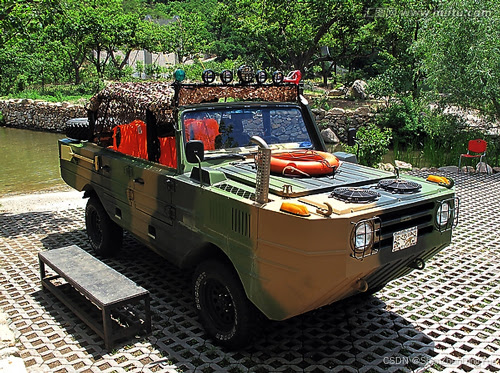
水陆两栖车应对应急事件发挥的作用_鼎跃安全
随着气候变化,城市内涝等问题日益严重。为了应对可能出现的洪水灾害,许多城市开始将水陆两栖车纳入应急救援装备体系。在暴雨引发城市积水时,水陆两栖车可以作为一种高效的救援和运输工具,及时疏散被困群众,运送应急物…...

CI/CD 流水线系统-开源框架Tekton
文章目录 CI/CD 流水线系统-开源框架Tekton什么是TektonTekton优点Tekton 组件介绍Tekton 概念术语 CI/CD 流水线系统-开源框架Tekton 什么是Tekton 官网:https://tekton.dev/ Tekton 是一个强大、灵活的构建 CI/CD 流水线系统的开源框架,允许开发者构建、测试和…...

Spring MVC(下)
博主主页: 码农派大星. 数据结构专栏:Java数据结构 数据库专栏:MySQL数据库 JavaEE专栏:JavaEE 关注博主带你了解更多JavaEE知识 目录 1.响应 1.1 返回静态页面 1.2 返回数据ResponseBody 1.3 返回HTML代码⽚段 1.4 返回JSON 1.5 设置状态码 1.6 设置Header 2 . …...

开发涉及的安全规范整理
#1024程序员节|征文# 文章目录 前言安全场景与措施API调用方式鉴权参数校验日志打印数据保存加密 总结 前言 这篇文章我们来整理下写代码和方案设计中的安全规范问题,内容偏服务端,即使是入门的新人,如果你对安全有所了解会让成熟…...
)
驱动开发系列26 - Linux Graphics 调试 mesa 的 glDrawArrays (二)
目录 一:概述 二:Gallium3D 的工作流程 三:tc_draw_vbo 与 tc_call_draw_single 的关系: 四:tc_draw_vbo 与 tc_call_draw_single 的具体执行流程: 五:mesa中线程池设计介绍: 六:总结: 一:概述 众所周知,Mesa 的 Gallium3D 是一个图形驱动框架,它将图形管线…...

laya-spine动画的使用
laya2和laya3的spine动画在使用过程中并无太大区别,这里以laya3为例。 转换 首先将做好的spine动画按jison格式导出,导出完之后的文件应包括图集、图片和json类型的3个文件。然后再用laya的骨骼动画转换工具转换成laya内置的模式,转换后的文…...
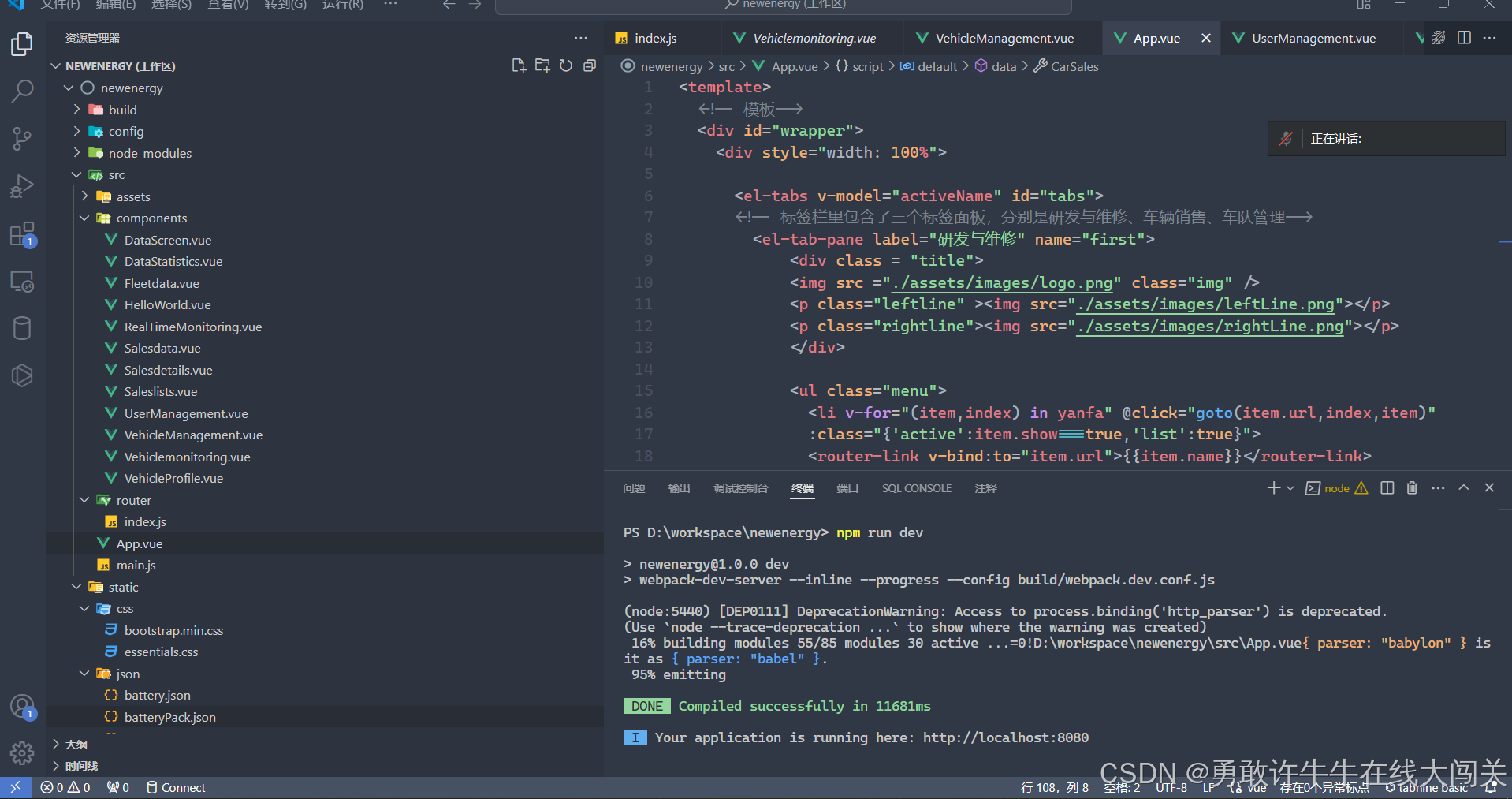
Vue项目实战-新能源汽车可视化(一)(持续更新中)
一.项目代码 1.App.vue <template><!-- 模板--><div id"wrapper"><div style"width: 100%"><el-tabs v-model"activeName" id"tabs"> <!-- 标签栏里包含了三个标签面板,分别是研发与维…...

百度SEO前10关键词排名波动跟用户行为反馈有很大关系
大家好,我是林汉文(谷歌SEO专家),在百度SEO优化中,网站的排名并非一成不变,尤其是前10名的位置,更是动态变化。很多站长可能会发现,有时明明内容质量不错,外链也稳定&…...

wordpress后台更新后 前端没变化的解决方法
使用siteground主机的wordpress网站,会出现更新了网站内容和修改了php模板文件、js文件、css文件、图片文件后,网站没有变化的情况。 不熟悉siteground主机的新手,遇到这个问题,就很抓狂,明明是哪都没操作错误&#x…...
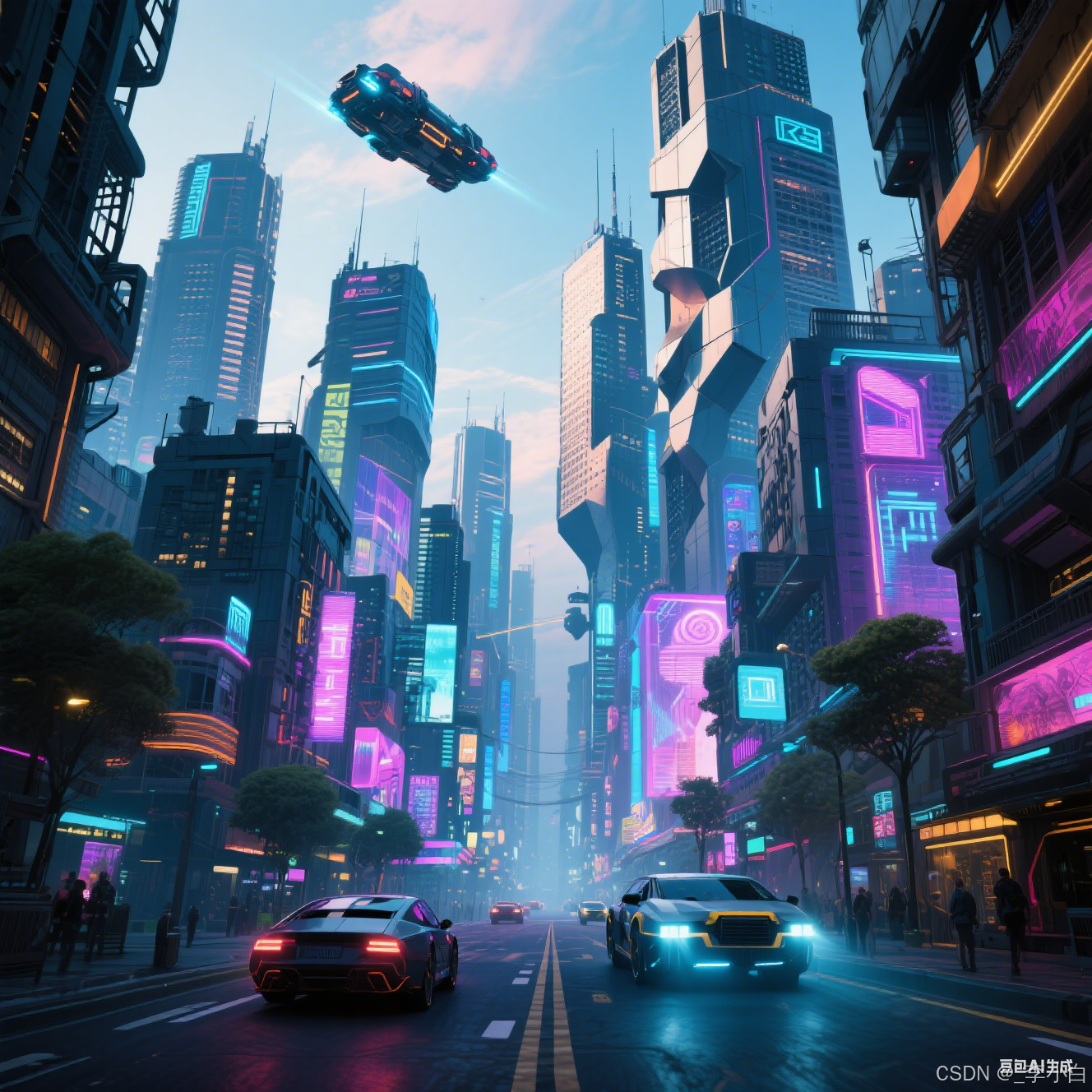
【OSG学习笔记】Day 18: 碰撞检测与物理交互
物理引擎(Physics Engine) 物理引擎 是一种通过计算机模拟物理规律(如力学、碰撞、重力、流体动力学等)的软件工具或库。 它的核心目标是在虚拟环境中逼真地模拟物体的运动和交互,广泛应用于 游戏开发、动画制作、虚…...

Opencv中的addweighted函数
一.addweighted函数作用 addweighted()是OpenCV库中用于图像处理的函数,主要功能是将两个输入图像(尺寸和类型相同)按照指定的权重进行加权叠加(图像融合),并添加一个标量值&#x…...

【项目实战】通过多模态+LangGraph实现PPT生成助手
PPT自动生成系统 基于LangGraph的PPT自动生成系统,可以将Markdown文档自动转换为PPT演示文稿。 功能特点 Markdown解析:自动解析Markdown文档结构PPT模板分析:分析PPT模板的布局和风格智能布局决策:匹配内容与合适的PPT布局自动…...

python如何将word的doc另存为docx
将 DOCX 文件另存为 DOCX 格式(Python 实现) 在 Python 中,你可以使用 python-docx 库来操作 Word 文档。不过需要注意的是,.doc 是旧的 Word 格式,而 .docx 是新的基于 XML 的格式。python-docx 只能处理 .docx 格式…...
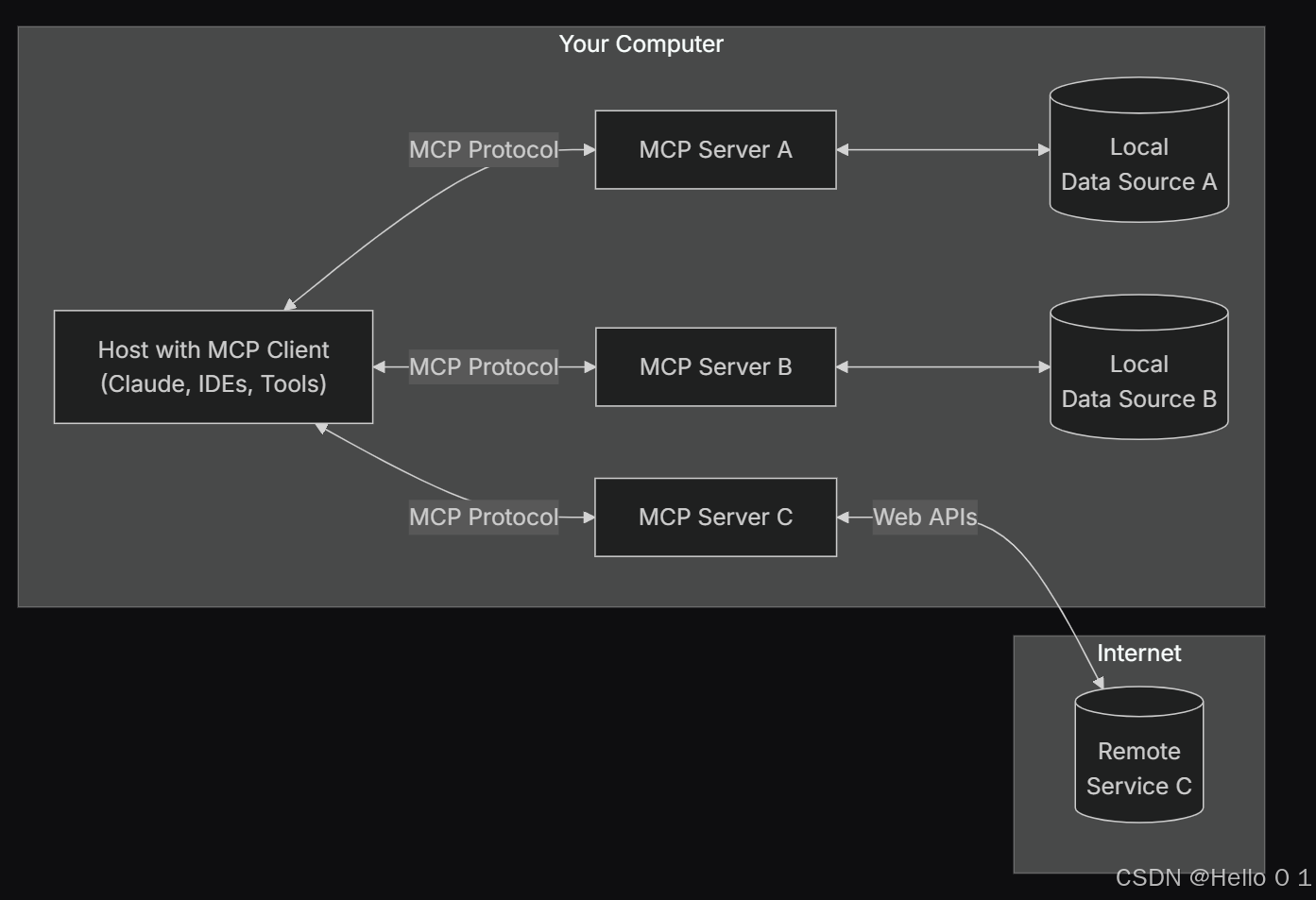
让AI看见世界:MCP协议与服务器的工作原理
让AI看见世界:MCP协议与服务器的工作原理 MCP(Model Context Protocol)是一种创新的通信协议,旨在让大型语言模型能够安全、高效地与外部资源进行交互。在AI技术快速发展的今天,MCP正成为连接AI与现实世界的重要桥梁。…...

基于Java Swing的电子通讯录设计与实现:附系统托盘功能代码详解
JAVASQL电子通讯录带系统托盘 一、系统概述 本电子通讯录系统采用Java Swing开发桌面应用,结合SQLite数据库实现联系人管理功能,并集成系统托盘功能提升用户体验。系统支持联系人的增删改查、分组管理、搜索过滤等功能,同时可以最小化到系统…...

tomcat入门
1 tomcat 是什么 apache开发的web服务器可以为java web程序提供运行环境tomcat是一款高效,稳定,易于使用的web服务器tomcathttp服务器Servlet服务器 2 tomcat 目录介绍 -bin #存放tomcat的脚本 -conf #存放tomcat的配置文件 ---catalina.policy #to…...

【WebSocket】SpringBoot项目中使用WebSocket
1. 导入坐标 如果springboot父工程没有加入websocket的起步依赖,添加它的坐标的时候需要带上版本号。 <dependency><groupId>org.springframework.boot</groupId><artifactId>spring-boot-starter-websocket</artifactId> </dep…...

【把数组变成一棵树】有序数组秒变平衡BST,原来可以这么优雅!
【把数组变成一棵树】有序数组秒变平衡BST,原来可以这么优雅! 🌱 前言:一棵树的浪漫,从数组开始说起 程序员的世界里,数组是最常见的基本结构之一,几乎每种语言、每种算法都少不了它。可你有没有想过,一组看似“线性排列”的有序数组,竟然可以**“长”成一棵平衡的二…...
